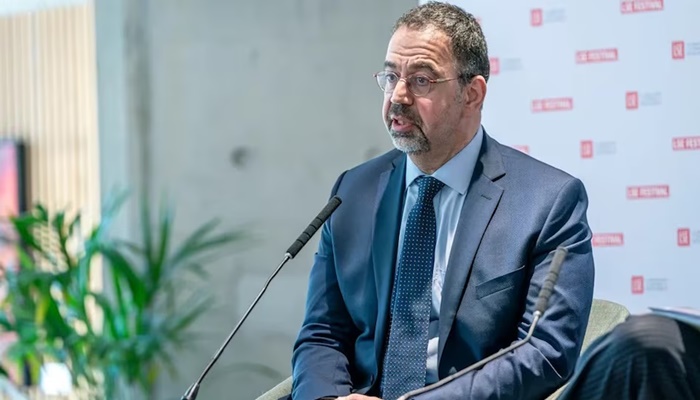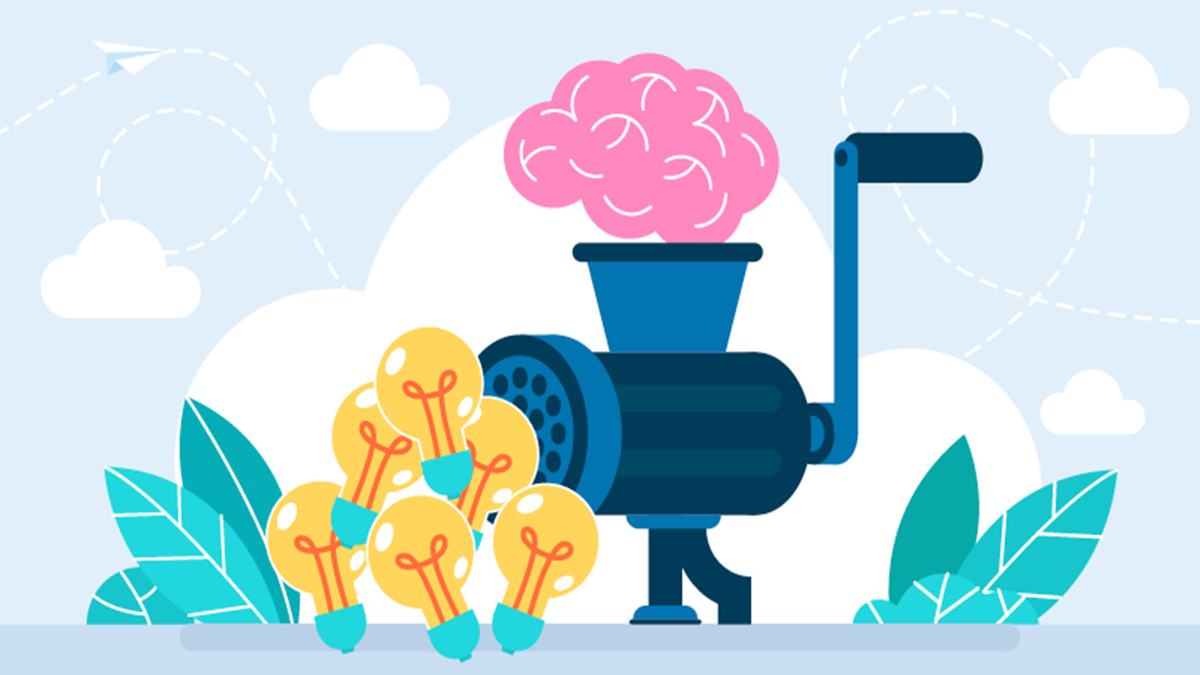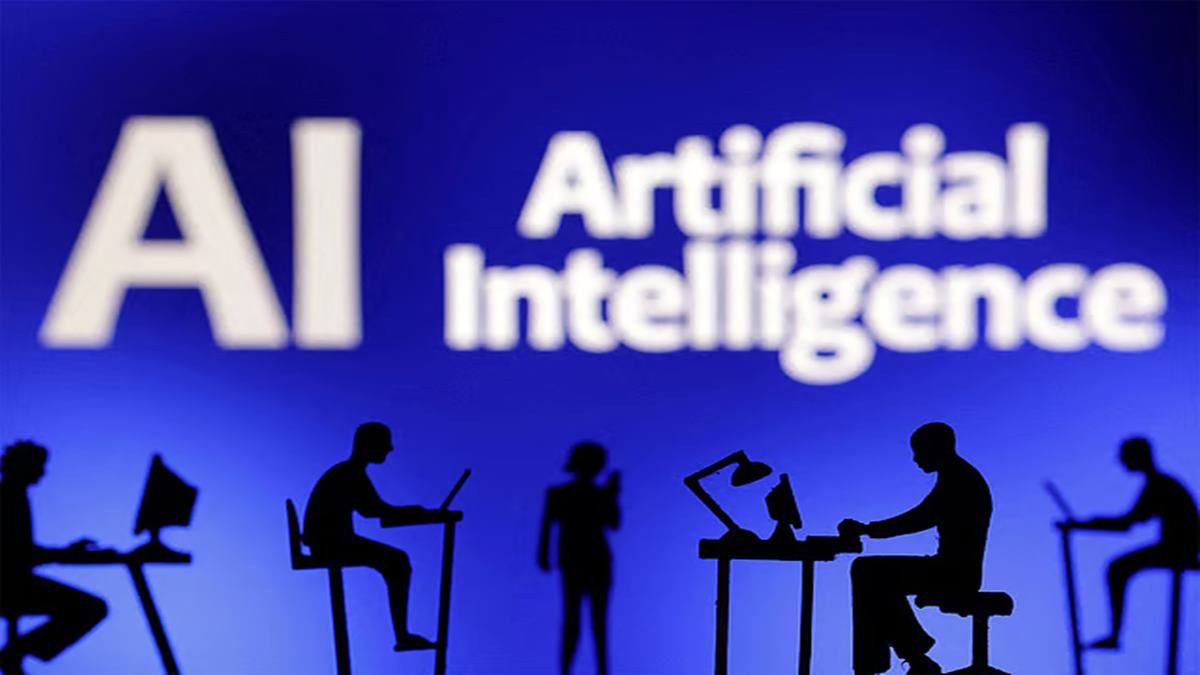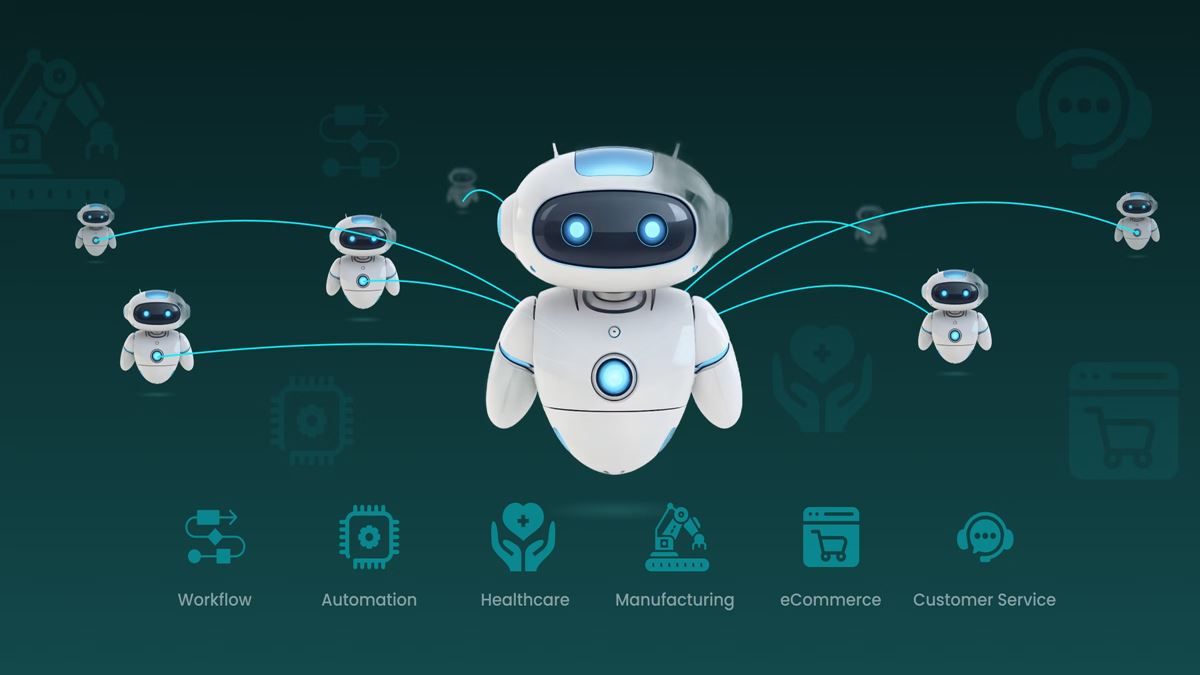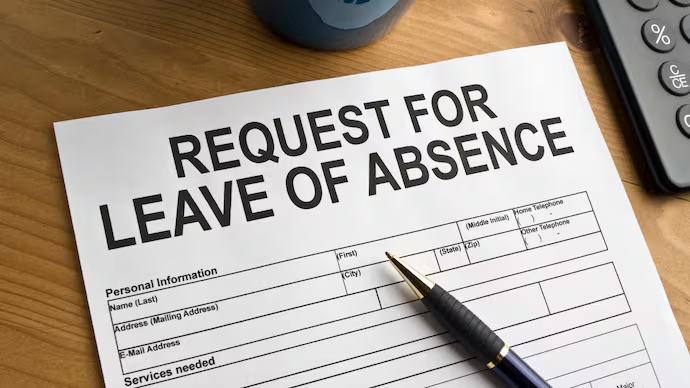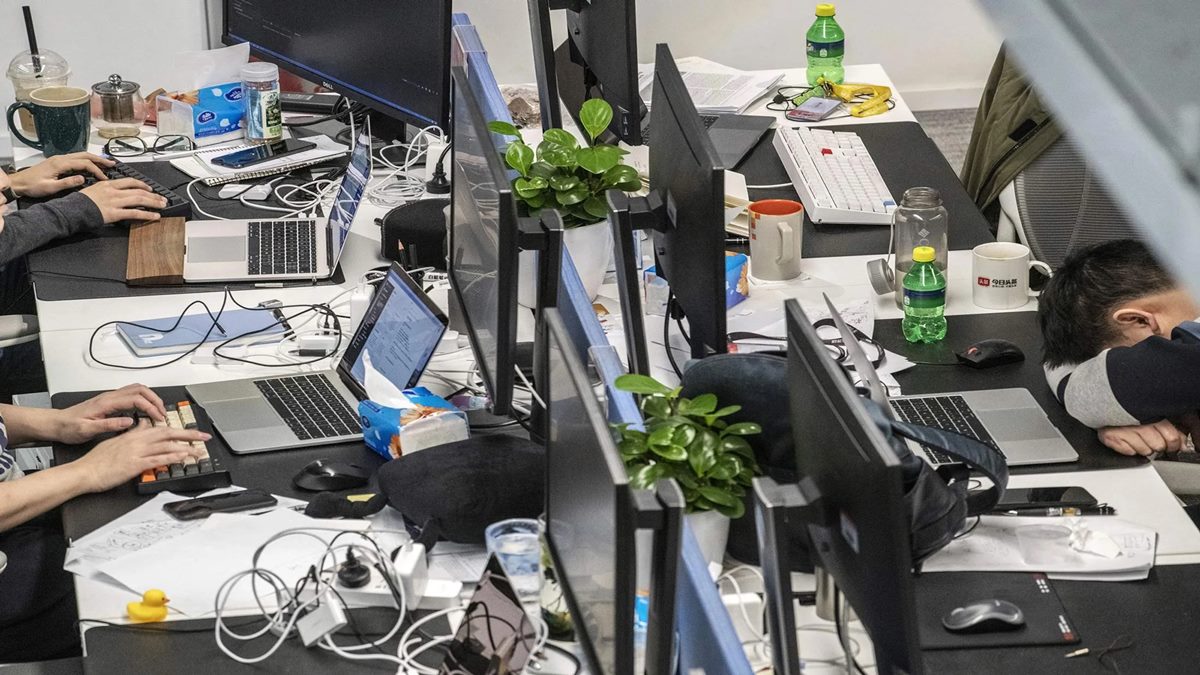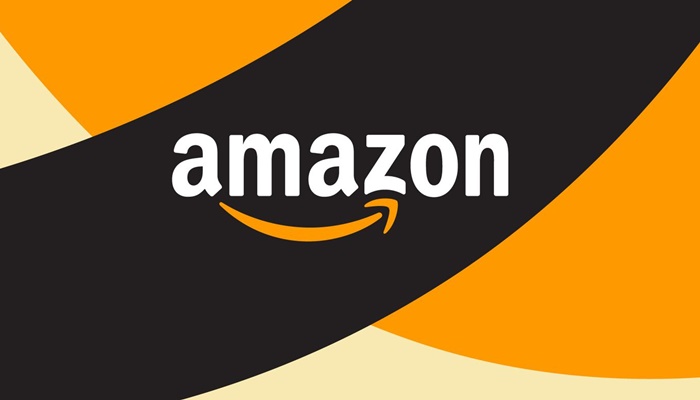The modern workplace has changed drastically. Hybrid models, digital-first operations and evolving work dynamics are redefining what people expect from their employers. Work is no longer seen as a transaction; employees look forward to holistic growth with meaning, flexibility and experiences that enrich their lives.
This shift challenges HR leaders to move beyond traditional policies and administrative roles and design experiences that resonate with the new generation of employees. Here, the answer lies in thinking like a product team.
From processes to experiences
Traditionally, HR was primarily focused on compliance, payroll, recruitment and resolving workplace issues. While these remain important, they no longer capture the majority of what employees need. People want organisations to anticipate challenges, simplify processes and create opportunities that feel tailored to them.
This is where HR can adopt a product team mindset. In product development, the focus is on the user: identifying pain points, creating solutions, testing them and refining based on feedback. By adopting the same technique—viewing employees as customers and workplace initiatives as products—HR can transform employee experience.
Thoughtfulness as the starting point
Great products begin with in-depth analysis. Understanding an employee’s journey from onboarding, learning, career growth and expectations, while identifying the scope of improvement, if any, is paramount. While designing programs, HR teams should consider employees’ needs, making initiatives feel more need-centric than being generic.
For example, a gym membership for employees might be an excellent benefit for a workplace with a high concentration of young employees. At the same time, in another unit, flexible schedules or childcare support may add more value for a section which has a larger new-parent population.
Agility and Data
Just as products are launched as pilots and refined over time, HR can roll out wellness programs or learning platforms to small groups before scaling it to a larger audience, ensuring policies evolve with employee feedback. This approach reduces risks and builds trust, as employees also see their inputs shaping outcomes.
Data also plays a critical role. Analytics can reveal attrition trends, engagement patterns or shifts in employee learning and interests. With these insights, HR can design personalised career pathways or benefits that reflect the diverse needs of the workforce.
Closing the feedback loop
Constructive feedback is the backbone of product development, and HR needs it too. Regular pulse checks of your workforce, digital platforms giving real-time analysis and open forums for productive interactions create a real-time understanding of overall employee sentiment.
Equally important is closing the loop. Employees must see that their feedback leads to visible change. This not only strengthens trust but also fosters a culture of co-creation.
Collaboration for impact
No product succeeds in isolation. Similarly, HR must work with technology, operations and business teams in collaboration to design initiatives that can be scalable. A hybrid work model, for instance, requires input from IT, facilities, and business units—not just HR. Cross-functional collaboration ensures initiatives are aligned with organisational goals.
Why this mindset matters
HR teams thinking like a product function is the call of the hour.
Employees feel valued, and that boosts engagement and retention. Agility allows companies to adapt quickly, and the results ripple across the organisation. A strong employee experience overall enhances employer branding, making it easier to attract top talent. And, ultimately, motivated employees drive stronger business outcomes.
Having said that, this shift does not require massive overhauls. It begins with reimagining everyday processes: onboarding as a journey, learning as a dynamic platform, performance management as continuous dialogue.
With the dynamics of work changing by the minute, the future looks more defined by human-centred experiences and not rigid policies. By adopting a product mindset, HR can strategically drive the culture and growth of an organisation.
Lastly, employees may forget workplace policies. Still, they will always remember how an organisation made them feel, supported them in moments of need, empowered their growth, and heard when it mattered most. That, ultimately, is HR’s true product. And like any great product, it must keep evolving.
